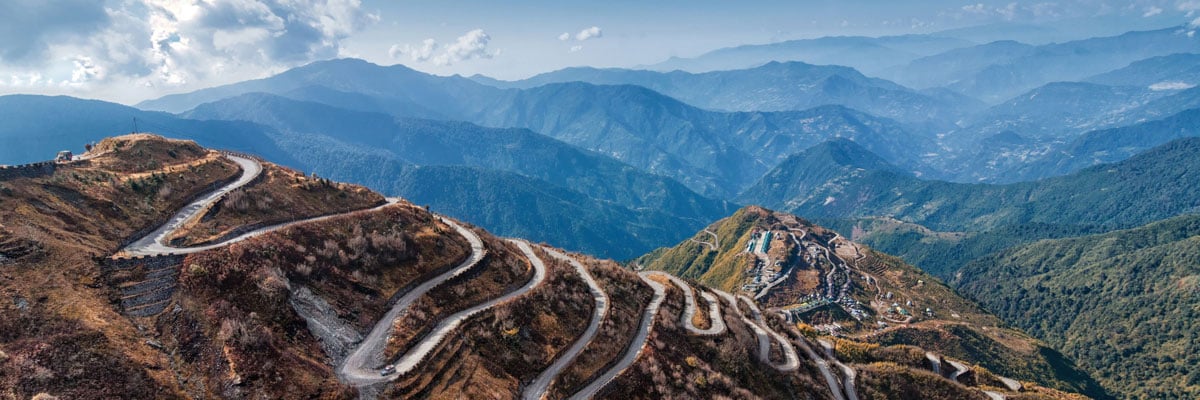When starting Rostam Capital, what we saw was a gap between the markets in the Middle East – essentially the Silk Road countries – and the international capital markets. They’ve been out of touch or have never been part of the recent evolution of the market, so that in itself makes transactions and investment more expensive. We had access to the people who were on the ground in the region, and people who have been active in global capital markets for a long time, so by combining those too, we thought that we would be able to accelerate the economic development and make it easier for both FDI and exports.
Iran has always been a part of Rostam’s portfolio. There’s a population of more than 80 million people but, internationally, there is very little known about the economy – whether that’s the country’s fault or not.
Part of the struggle for Iran is that although they have highly educated people there, they don’t have the international hands-on experience. The textbook approaches they have may be wrong, or at least not up to date with the latest techniques. As a country, they have been out of touch with the global community because of the sanctions that were introduced over the past decade – and when you think about the huge evolution that took place in capital markets after 2008, they missed out on being part of that evolution.
Iran is a different economy to many of the other ones in the region – hydrocarbon is a minority part of it. That message is one that the country has not got across, so they have more than 80 million people going about needing all of the basic consumer things, finance, retail, everything – that brings a whole massive economic ecosystem in itself. Because of the sanctions, they’ve had to pretty much be self-sufficient on much of that, which in turn means you don’t have the economies of scale of being part of the global market.
It is inevitable that Iran will be an economic powerhouse, whether it’s during my lifetime or not. It is one of the largest domestic economies: almost everything you invest in or set up – be it production, basics, technology, engineering, anything really – you’re already hitting with a large domestic market.
Tech transfer is what is needed to upgrade the economy and industrial base. What’s unusual is that, when we consider the rest of the Silk Road, Iran is the only one that is not an emerging market. It’s a re-merging market. When we worked in China or the former Soviet Bloc, you had to wait for industrial and economic infrastructure to be developed before you could do much, but all of those exist in Iran – they just need to be brought up to international standards. In theory that’s a much quicker route, but to do that well, you of course need foreign partners and access to the latest thinking.
Every investor that has asked to be shown around the country has, within a few days, said ‘This is not what I was expecting at all, this is a real economy with real people – it’s very safe and welcoming.’ Once people get there, people realise that the perceived image internationally is very different to the reality on the ground. But, of course, you have to get people there. n
